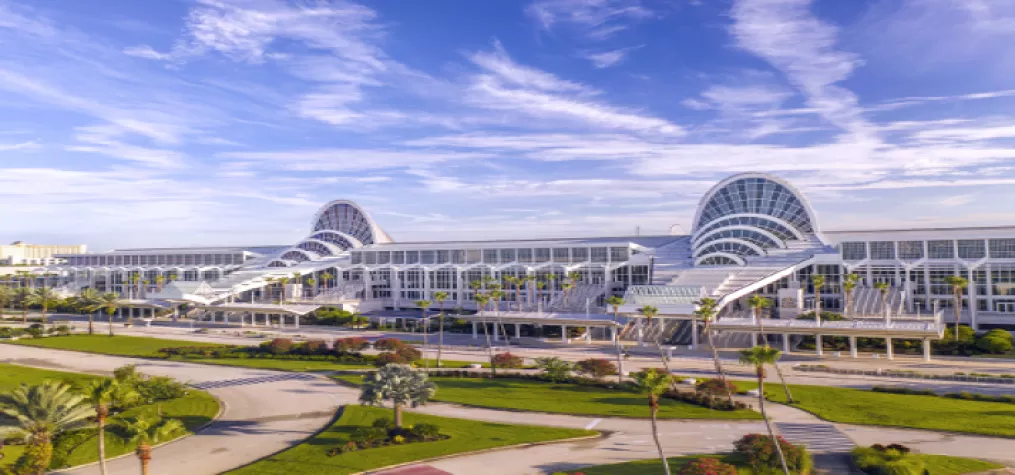Timothy Carter


Thanks to increasing commercialization, the advertising and marketing industries are contributing ever-larger volumes of waste each year. Marketing collateral and display stands use enormous amounts of paper. A considerable chunk of glossy brochures and handouts are not always properly recycled and use non-sustainable printing processes and chemicals harmful to the environment.
Apart from wasting trees, the manufacturing process also carries a large carbon footprint. In fact, trade expo centers like the US and Middle East can emit up to 200,000 tons of carbon a year on the production of exhibition stands alone.
However, no self-respecting business can afford NOT to have an eye-catching display. In trade shows, an exhibition stand and marketing handouts are just as essential as a calling card. Not only do they attract attention, they also speak volumes about the company and its level of sophistication in one glance. But as the consumer market shifts to environmental awareness, companies now have to balance between aesthetics and eco-sustainability.
Here are three ways you can maximize the visual impact of your marketing collateral, while greatly reducing the same on the environment.
1. Use green paper
Not all paper is created equal. While half of the world’s paper supply still comes from virgin pulp harvested from newly cut trees, an increasing number comes from sustainable methods.
One such source is recycled paper. Many printers now give you the option to use newsprint scraps that have been recycled into white paper. Such scraps are often cheaply sold by the ton, and require substantially less energy, water and chemical resources to be reused.
Another option is to use new paper sourced from eco-friendly suppliers. There are different ways the paper can be labeled as green:
- The paper is harvested from plantations that practice sustainable methods
- The manufacturing process has a reduced carbon footprint by using energy-saving technologies
- It can use eco-friendly chemicals, such as renewable ink or chlorine-free treatment
- Part of the paper may be made from post-consumer recycled fiber. These come from old newsprint, paperboard and corrugated boxes.
The Forest Stewardship Council is one of the primary certifying bodies of green paper. Paper or printers that carry the FSC logo undergo a “chain of custody” certification, which guarantees that paper stocks come from sustainable harvesting methods and use an eco-friendly production process.
2. Use vegetable-based ink
Traditional ink uses oil, which tends to leak volatile organic compounds (VOCs) once the paper has been disposed of. An increasing number of printers now offer an eco-friendly alternative in the form of vegetable-based ink.
These inks use soy as the main base instead of petroleum. Such inks have dramatically less impact on the environment, and are easily removed. These means they require fewer resources during the recycling process. Soy ink also degrades twice as fast as standard ink materials, and spreads approximately 15 percent further on paper, reducing ink wastage and printer maintenance costs.
While color soy ink costs about 5 percent to 10 percent more than its traditional counterpart, much of the cost is due to pigment rather than the soybean oil itself. In terms of overall cost, colored vegetable-based inks are more cost-effective in terms of printer cleanup, excess pigment, ink reduction coverage and VOC production. Since the printing expenses are lower, the savings get passed to you, the end user.
3. Choose water over UV coating
UV coating uses ultra-violet light to cure ink and spread a clear finishing coat. Most printers will tell you that it helps the environment by sealing in the solvents in the ink, ensuring that they do not enter the atmosphere. However, they neglect to mention that UV coated paper is also much more difficult to recycle than paper waste with laminated or aqueous coating.
Water-based or aqueous coating is much more eco-friendly. Since it uses water as a primary base, the finished paper is more biodegradable. Marketing collateral that uses aqueous coating is also more durable since it can be applied in a flood process. In contrast, UV coating typically uses a “spot” process, where the finish is applied in a thick coat over a smaller area. As such, brochures and flyers with UV have a tendency to crack when folded or scuffed. Aqueous coating also gives you a choice of dull, gloss or satin finish.

Add new comment